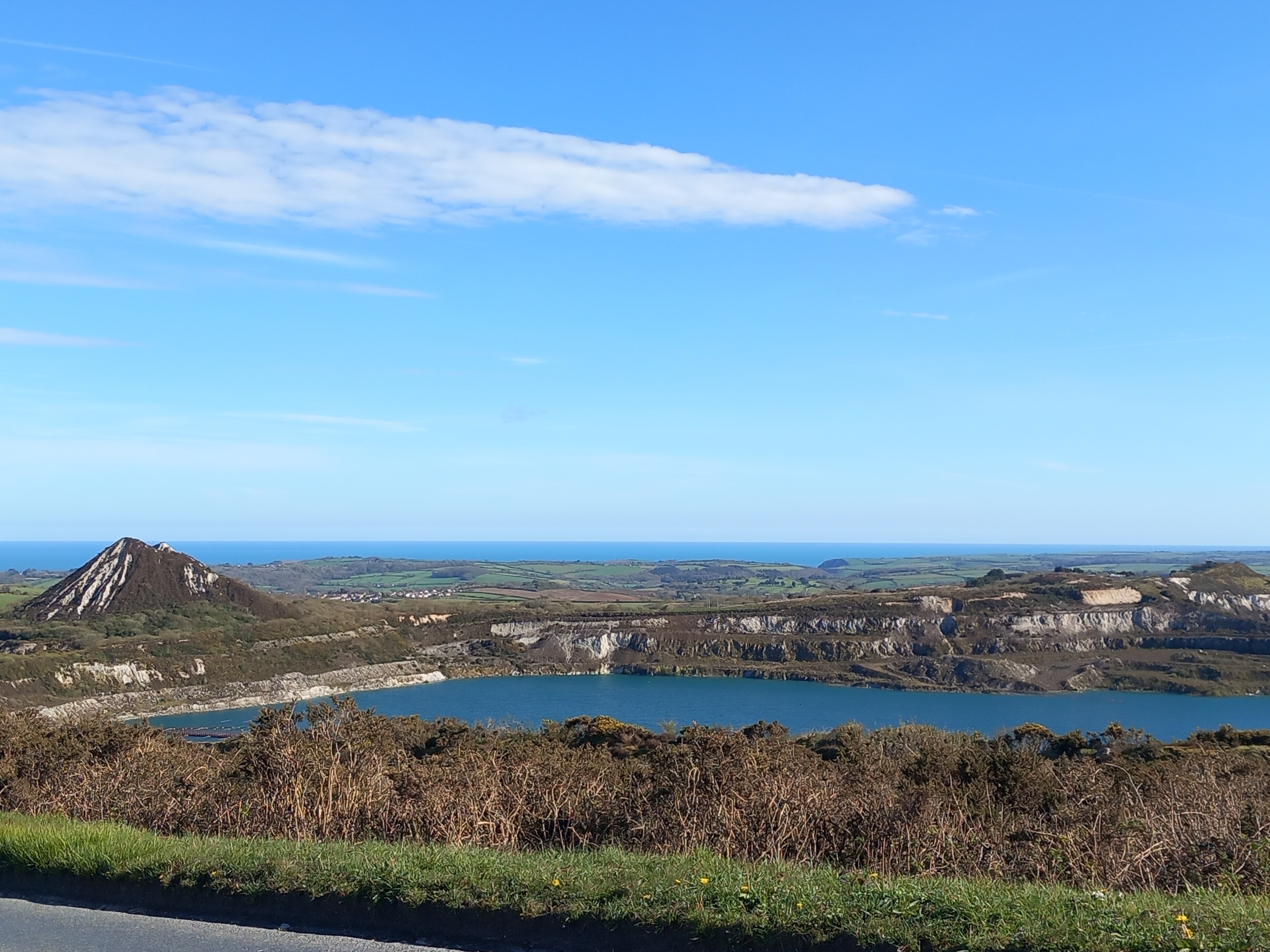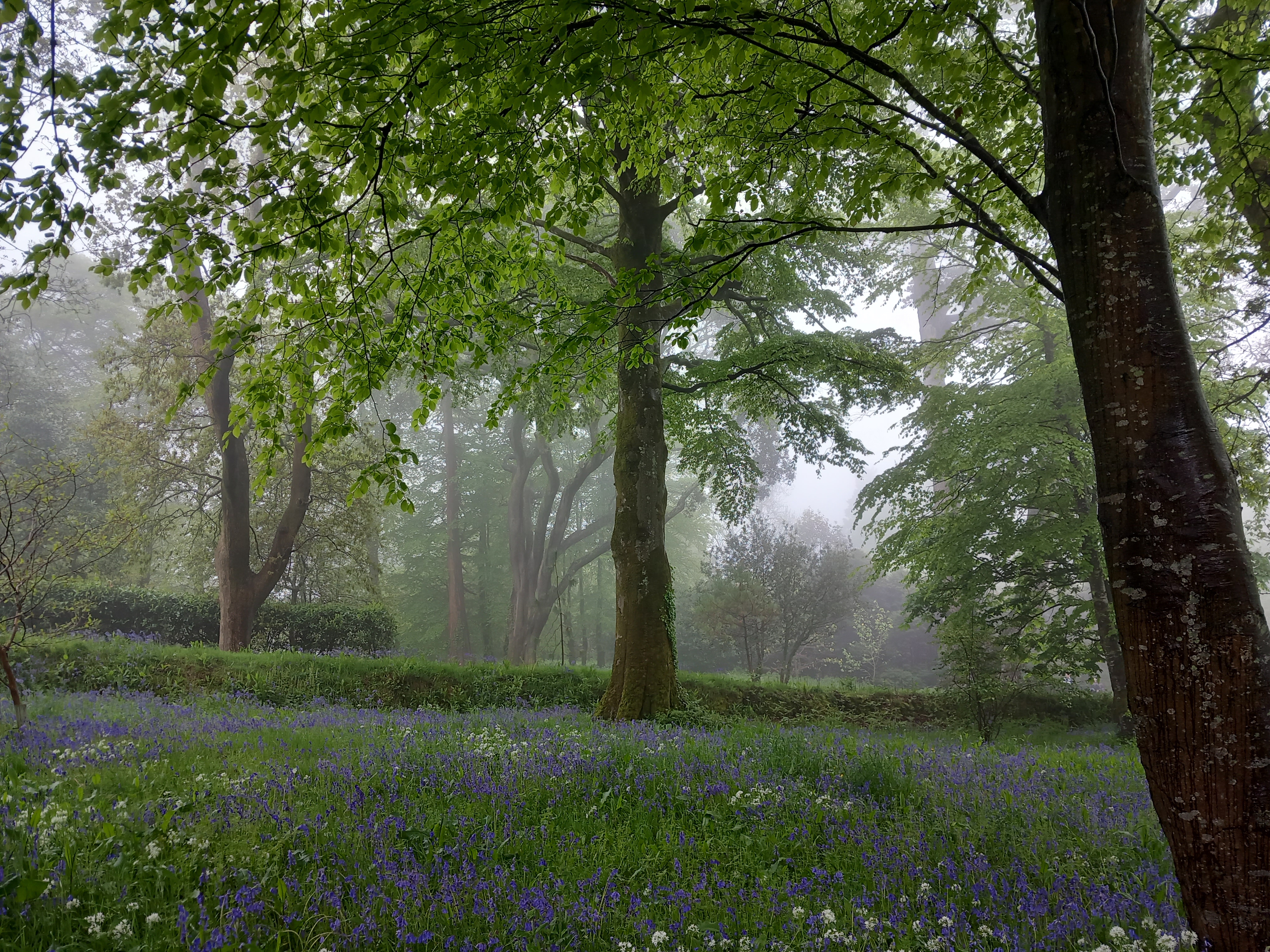Exploring Clay Country
What we refer to as 'clay country' in Cornwall is the rugged landscapes that sits above St Austell. A landscape that has been mined and carved since the early 18th century. The richness of this landscape was discovered by William Cookworthy, and the fine white china clay is still mined today. There's a hotchpotch of villages with tight-nit communities where rugged hills provide far-reaching views and dug out valleys provide pools of turquoise waters.
After a stunning drive through these villages on a sunny day I wanted to delve a little deeper into the history, and what you can do here. When we first moved to Cornwall over 20 years ago, my dad joked that the little clay mound seen from many vantage point was my mum's 'mountain'. She had always wanted to live near mountains, and it seemed finally she would be! This relatively little mound is part of the legacy of an industrial past, but it's the glistening water-filled pits that really catch the eye on a sunny day. They glimmer as beautiful as any natural landmark.
The beauty of this area I feel is that it's relatively unexplored, take to the trails on foot or by bike and you can have blissful views all to yourself, far reaching over the coast towards Fowey and Mevagissey.
If you want to understand more of the culture here and history the best place to head is the Wheal Martyn Museum just outside St Austell. It's a family friendly place that helps to show what life was like for the miners and families at the original Victorian clay works. Revealing what this 'white gold' was, and is, used for and discovering the people who shaped the landscape. It's not all looking back, they regularly have exhibitions and events so worth checking out.
When exploring the clay trails this website is a great resource, with maps and routes for walkers and cyclists or horse riders as well an app you can download. There is a local walking group and tips on where to stop off to eat. The trails all link up so you could cycle from all the way down in Pentewan, winding your way up through the landscape, or attempt coast to coast.
Of course what helped to put this area on the map is the Eden Project, a bold vision to turn a disused quarry into tropical biomes. Now quite an iconic fixture on the landscape, a gig venue, educational space and family friendly destination that just shows what can be done with imagination. But it is the quietness of this area that attracts me, I like how nature is reclaiming it.
Like Luxulyan, a perfect spot to explore. Here a water wheel lies abandoned almost the trees. This time of year the woodland is full of bluebells and the paths are flanked with little canals where water once gushed. The Treffry viaduct is a thing of beauty and a solid reminder of our industrial past.
I have barely started to discover this area's secrets, so often driving through on my way here and there, but I so want to stop, take a picnic, follow a trail and sit and gaze at the breath-taking view.




Comments
Post a Comment